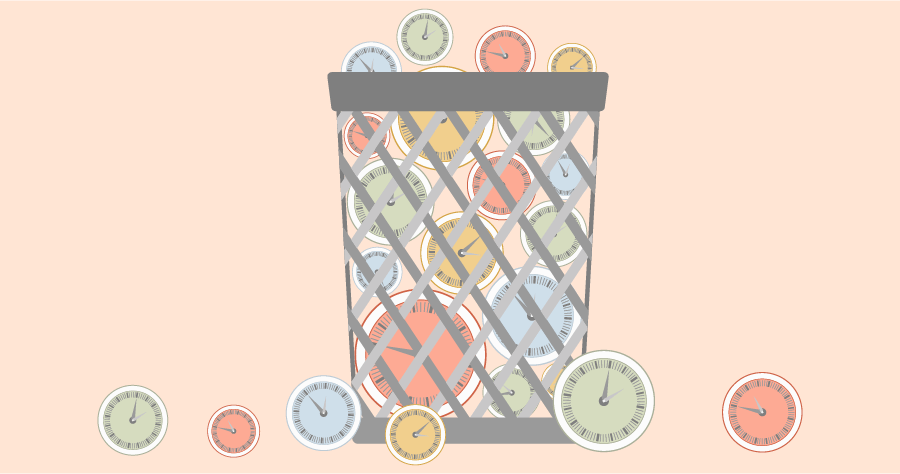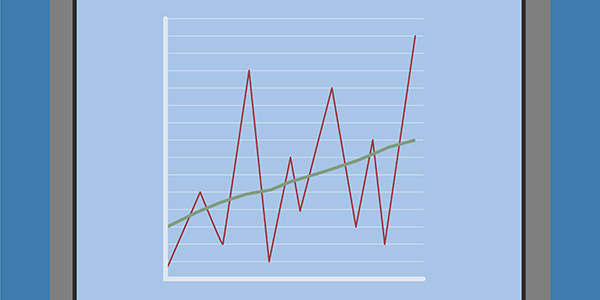Types of waste in projects according to Lean.
Waste is around us everywhere, every day, including in projects. You have probably heard of the Lean method. This method was originally used only by production companies, but is now also being used in other business sectors. One of the priorities of Lean is to eradicate waste. In this blog we will look at how we can apply this in the world of project-driven service providers.
Lean recognizes 7 types of waste. They are: transport, inventory, motion, waiting, over-processing, overproduction and defects. These forms are summarized in Lean under the heading Muda. In addition to Muda there are 2 other cousins in the family of waste, namely Mura and Muri.
Mura is variation in transactions when activities are not progressing smoothly or consistently. This then causes waste in quality, cost or delivery. Muri refers to excessive overburdening of people, machines or systems, because the demand exceeds the capacity.
Wastefulness in resource planning
When we translate this into waste in projects, particularly around the use of employees, or resource planning, we come to a re-definition and selection of the following types:
- Travel
- Waiting
- Overdeliver
- Errors
- Redundant processing
- Overburdening
1. Travel
All traveling by employees that do not add value to the project is wasteful. For example, if you need to consult with a client about the design of a new website, you should stop and ask if it is really essential for you to travel to the client. You should be able to do it in an online meeting. Of course, face-to-face meetings are often appreciated, but if it costs you 2 hours there and 2 hours back, to travel to your client, you have wasted half a day, or 10% of your workweek.
So stop and ask yourself if it is really necessary to travel. It can easily be explained to the client, because you can explain that the time you are saving can be spent working on his project, which will benefit the speed, quality and keep costs down. What client would say “no” to that?
2. Waiting
Waiting, or a delay of any kind is wasteful. Every minute that a project worker doesn’t have anything to do is a waste of valuable time. This is time that could have been used productively on the project or another project. Lost time can never be regained and for a service provider that sells hours as a product, this is money being wasted. A delay cannot always be prevented, of course, but you can make sure that your employees are never “inactive”.
For example, always ensure that you have some minor tasks that need doing; so-called “fillers”. These are duties that can easily be picked up between other activities and are not very difficult. They are duties with low priority, but they do have to get done. And your employees will be happy with them, even if they may be below their level, because nothing is worse for them than not having anything to do.
3. Overdeliver
If you deliver more than you have agreed with the client, that is also a type of waste. It often happens, because the employees on the project keep polishing their end product. They are so involved with the project that they have to deliver, that they keep trying to improve and perfect it. This creates project results that exceed the expectations of the client.
Many service providers have as their motto ‘Underpromise and overdeliver’, but these service providers expressly plan to exceed the client’s expectations. For this type of waste, however, we are talking about situations where the employees keep adding value to the end products without being asked to. So, as the project manager you should ensure that ‘good is good enough’ with respect to the result to be delivered.
4. Errors
An intermediate or end product that does not meet the specifications is also a type of waste. Solving an error takes time, especially if, for example, there is a delivery time for parts or if a certain process has to be repeated. For example, an iteration of design, development and test for software development.
Be sure to prevent too many iterations from occurring in your project and give a small team as much responsibility as possible for quickly fixing minor errors. In addition, it is also a good idea to make clear agreements with the client about the specifications. If these are not clear, there is a lot of room for interpretation and this increases the risk of making errors during the course of your project.
5. Redundant processing
Take a critical look at all transactions that employees carry out to achieve the project results. Are all of them really necessary? For example, is a lot of documentation set up, which is then never used? Are the available (software) tools being used efficiently? Certain actions can possibly be (partially) automated, which would save the employees time.
Using such applications may cost money, but you can simply create a business case for this. These applications are often not considered, because by definition they cost money and there are “hands” available to carry out the work within the project. People often forget, however, that those hands also have a price tag and are much more likely to make mistakes.
6. Overburdening
A special type of waste is overburdening. What is meant here, is the unnecessary or unreasonable overburdening of people, because the demand exceeds the capacity of these people. Within projects, it is often difficult to spread capacity out evenly over the duration of the project. The progress of a project often has a scattered character, especially if it takes place in a dynamic environment.
Nevertheless, you must be careful not to overburden your employees structurally. Overburdened people are easily stressed and stressed out people have a higher risk of making errors. Overburdening can therefore cause one of the aforementioned types of waste, not to mention staff turnover and absenteeism.
Conclusion
Many of the types of waste can overlap with each other and contribute to each other. For example, redundant processing and overburdening, can both contribute to errors. That is why it is important to eliminate the types of waste as much as possible.
The ideal condition of a project is a constant flow of all activities without any congestion. The aforementioned types of waste disrupt this flow. They are impediments and must therefore be removed. If there is a flow, the project will be delivered on time, within budget and the quality of the project results will be in accordance with the expectations of the client.
Sometimes eliminating all types of waste is not possible, but the least you can do is to analyze your project(s) for waste. What types of waste have you observed in the resource planning? And what simple measures could be taken to prevent or eliminate them?





